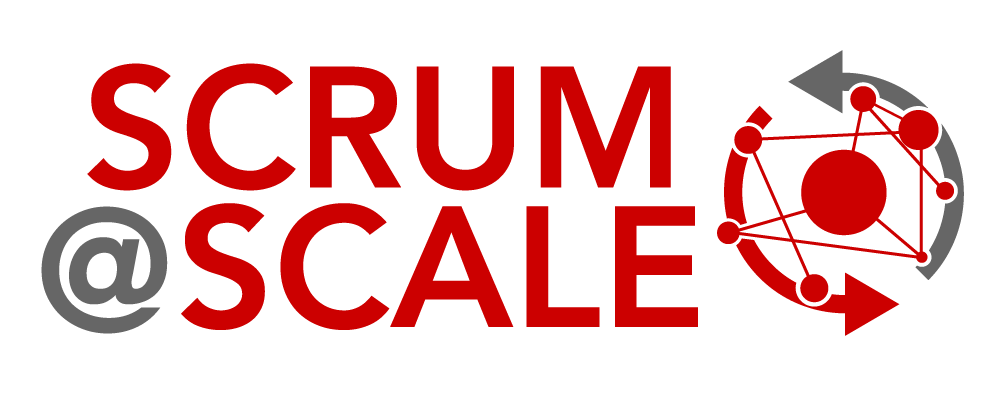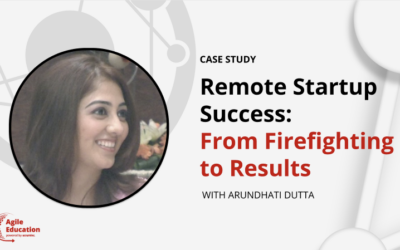Scrum@Scale Case Study
Habbo World: Virtual Reality Meets Scrum
CASE STUDY SNAPSHOT
Trainer Name: Jens Ostergard
Organization: Habbo World, Sulake
Organization Size:Medium
Industry: Marketing and Advertising
Topics: Driving Innovation and Creativity
Date: 2011
Website: House of Scrum
Summary
Successful executives know they need to lead and not manage their business. The difference between the two is more than just semantics. Leadership means effectively sharing a vision, direction, company purpose, and values. It means empowering employees and teams, not micromanaging from on high.
Managers focus on bureaucracy, and telling employees not just what to do but how.
But transitioning management into leadership can be difficult. It means executives need to do something they’ve been trained to avoid, let go of the reins and rely on their team(s). This concept is a key component of both Scrum and Scrum@Scale. Counterintuitive as it may sound to some, this yields clear, empirical results.
Scrum@Scale is designed to organically saturate Scrum principles and practices throughout every level of an organization. This leads to empowered teams and transforms managers into leaders. Getting leadership and management buy-in isn’t always easy, but it is essential to achieving true business agility.


Welcome To Habbo World
Habbo World bills itself as “the world’s biggest online community for teens”. The virtual reality social network is populated with vintage looking customer avatars, chat rooms, social spaces and more. Launched in 2000, Habbo World is the main product of Helsinki based firm Sulake.
Six years later, Sulake’s executives introduced Scrum to the company. Just six months later Scrum had been scaled successfully across the organization. Then, in 2009, we went back to Sulake to examine the results. They detailed their findings in this IEEE paper.
Empirically A Better Way
We surveyed 19 managers and 36 non-managers through a series of multiple choice and open questions. Post implementation, Sulake’s managers reported Scrum:
- Increased their productivity (73%)
- Increased their product quality (58%)
- Made it easier to change direction (84%)
Results like these justify themselves, but that doesn’t mean they were easily gained. We also surveyed the top difficulties in implementing and scaling Scrum at Sulake.
The biggest challenge for managers was stopping the micro-management of teams and learning to “let go”. This is one reason company managers demonstrated a resistance to the organizational change which accompanies Scrum@Scale.
Breaking Through The Phase Gates
In Scrum@Scale, the role of the manager changes from telling people what to do into communicating goals and visions. “Letting go” means empowering teams and making work so easily visible that status reports themselves become redundant.
This lead to three key changes at Sulake:
- Responsibility became a shared assent instead of an individual’s liability. Teams took on a lot of the responsibility which used to fall into the hands of project managers. This helps keep teams motivated and engaged.
- Productivity Boost. Empowered and engaged teams get things done faster and with fewer defects. This allows leaders to keep their eyes on customer value and removing impediments. All this leads to a boost in production and a happier workforce.
- Transparency. This may be the key to helping “classic” managers learn to “let go.” When work is radically transparent, meaning everyone in an organization can see who is working on what, when, and knows when it will be done, status reports become irrelevant. It also means everyone in the company is up-to-date and better organized around the vision and goal.
- This allows managers more time to focus on customers and removing impediments.
- When team velocity is added to the mix, this allows leadership to accurately predict and time product deployment based on quantifiable data and not estimates.
Transforming Management Into Leadership Relies on Buy-In
The role of an executive is deceptively simple, run a profitable business. Once, that could be done through the top-down management style known as waterfall, where projects are planned for long stretches of time and only then go into production.
Today, data shows the vast majority of waterfall projects will fail. No matter the industry these projects will likely run late and over-budget. And, due to their long lead times, they tend to deliver products the market no longer wants.
The alternative is simple, quantifiable, and data-driven. Scrum@Scale allows organizations to truly become agile by building on the core Scrum principles proven to be effective in any industry. But true business transformation relies on an executive’s ability to answer a single question; Can they learn to let go?
That answer may decide the future of their department, division or organization.
More Case Studies
Remote Startup Success: From Firefighting to Results
Agile Education Case Study Remote Startup Success: From Firefighting to Results This case study focuses on a remote startup that faced challenges with disorganized workflows, team burnout, and a lack of a clear product vision. The startup had no Product Owner, leading...
Improve Predictability and Performance: Using Aggregated Velocity Data in Scrum@Scale
Agile Education Case Study Improve Prioritization and Performance: Using Aggregated Velocity Data in Scrum@Scale This case study explores how aggregated velocity data was used to improve the performance, prioritization, and predictability of engineering teams in a...



